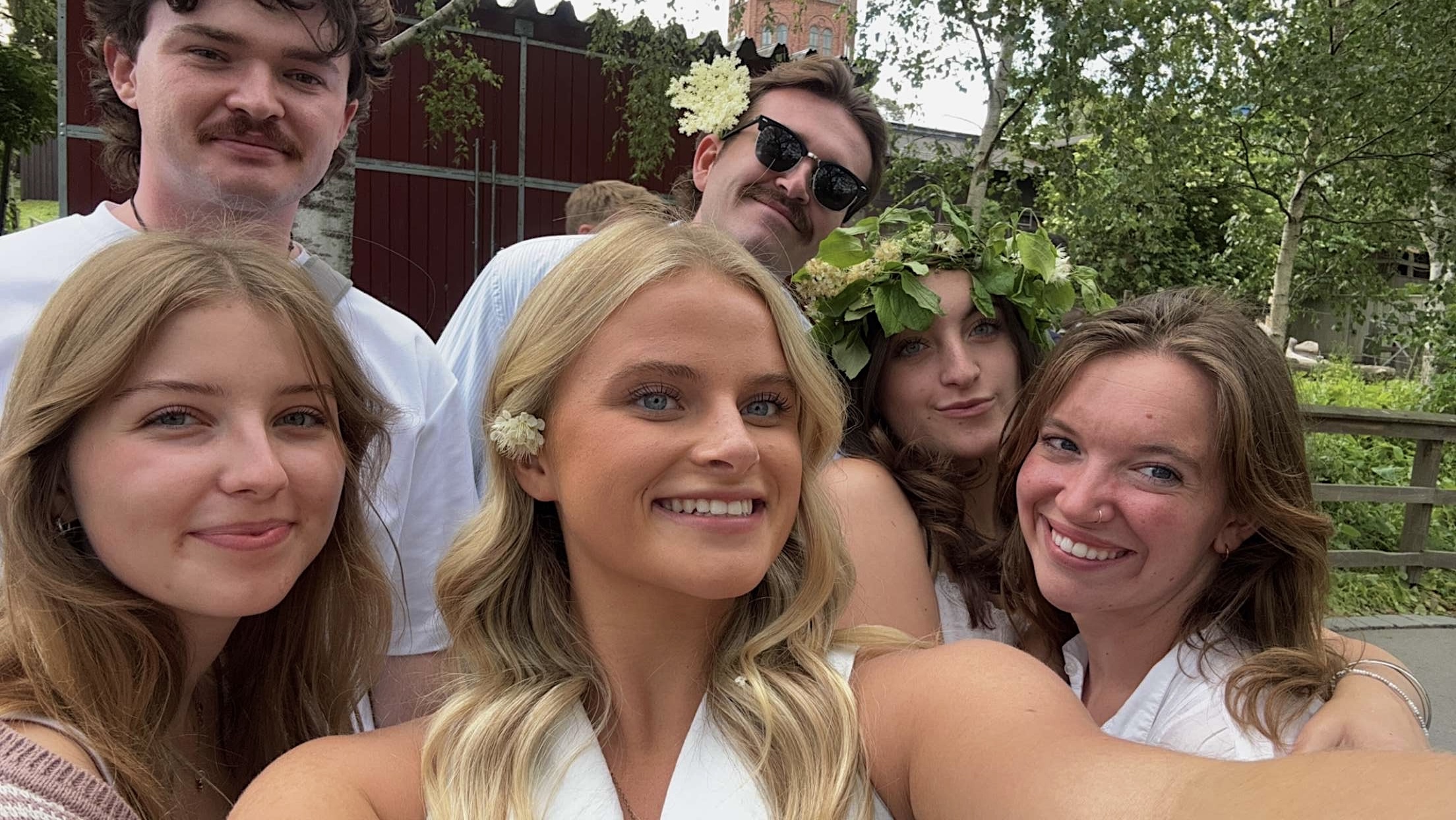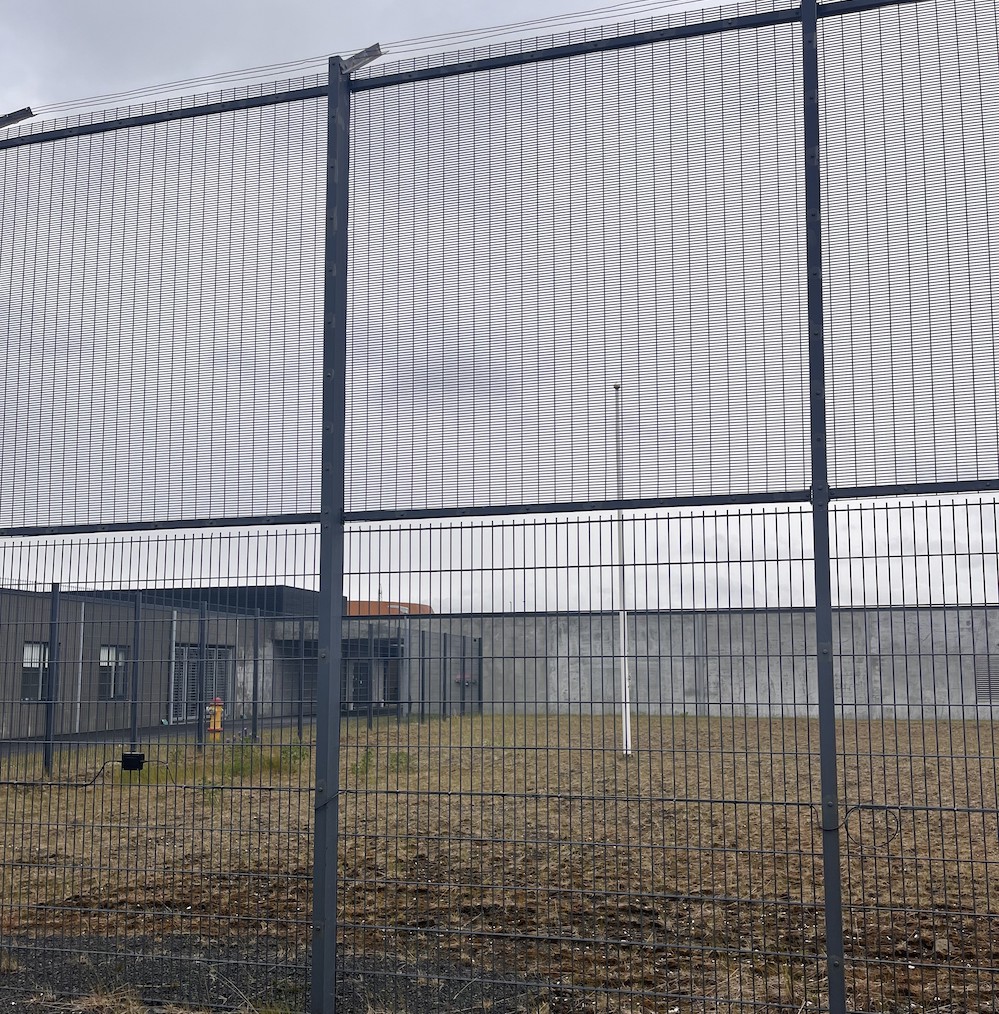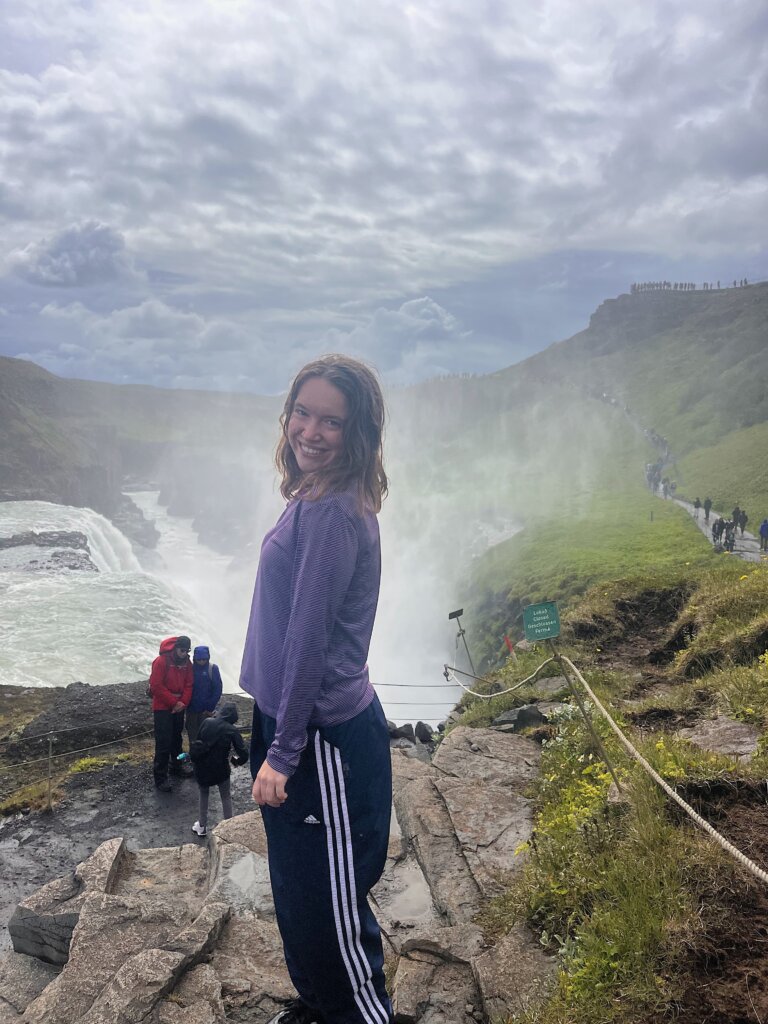
DIS Blog
Cadence’s takeaways from summer in Stockholm
“Session 2 started with the kind of chaotic travel story you only expect to see in fiction or film. Any blog post about my time in Stockholm has to start with the fact that I arrived with almost nothing aside from the clothes on my back and my dear friend’s copy of Jazz by Toni Morrison.”
For Cadence, her time in Stockholm began with an unexpected challenge that quickly became one of her most meaningful experiences abroad. Through her course Guilty or Not Guilty? Psychology in the Courtroom and her Study Tour to Iceland, she gained new insights into justice systems, adaptability, and the value of stepping outside her comfort zone.
Read about Cadence’s reflections and lessons from her time in Stockholm below.

About the blogger
Cadence (she/her) is a senior at Smith College. This past summer she took Guilty or Not Guilty? Psychology in the Courtroom for Summer Session 2 in Stockholm and Food, Migration, and Belonging for Summer Session 3 in Copenhagen.
Session 2 started with the kind of chaotic travel story you only expect to see in fiction or film. Any blog post about my time in Stockholm has to start with the fact that I arrived with almost nothing aside from the clothes on my back and my dear friend’s copy of Jazz by Toni Morrison.
It’s the kind of cliché I never thought I’d actually live out: stepping off a plane in a brand new country, jet-lagged and disoriented, without my suitcase and with no idea when it might show up. I’ve struggled to formulate how I might go about writing about it, but maybe it was because I didn’t quite know how to capture all the messiness and magic of those first few days.
But the truth is, that chaotic arrival set the tone in ways I didn’t expect, thrusting me out of my comfort zone from the get-go and, in hindsight, teaching me more than I could possibly imagine.
The whirlwind of my time in Stockholm was grounded by the little rituals I created for myself, like walking to class with my friends every morning at 8:30 a.m. sharp and preparing the broccoli for our group dinners. I was enrolled in Guilty or Not Guilty? Psychology in the Courtroom, a course that not only anchored my weekdays but also challenged me to think more expansively about how I perceive justice. This course offered the chance to view justice through a completely different philosophical lens, one that often stood in stark contrast to the American structures I’m familiar with.


Our class adopted a comparative approach, digging into the specific differences in everything from attitudes toward the police to the structure of the prison system. One of the most eye-opening moments came during our Study Tour in Iceland when we interviewed members of the public about their perceptions of justice and punishment. Hearing how Icelanders conceptualized justice, and the balance between punitive and restorative responsibility pushed me to reconsider the assumptions I unconsciously brought to the table. I was reminded that it’s easy to romanticize or criticize a system that isn’t your own, but a more meaningful approach involves paying close attention to context and resisting the urge to simplify.
My favorite academic visit was our tour of Hólmsheið Prison, located just outside of Reykjavik. Walking through the brightly lit hallways, we witnessed their approach to incarceration firsthand, one grounded in dignity and rehabilitation. We spoke with officers who emphasized their roles not as enforcers, but as facilitators of reintegration.
But the trip wasn’t all academics. We also rode Icelandic horses through the countryside (an experience made more surreal by the frequent patches of rain), and ended one long day with the famous seven-step relaxation ritual at the Sky Lagoon. It was indulgent in the best way, but also restorative, both physically and emotionally. After long days filled with heavy conversations about legal systems and human behavior, that evening felt like an intentional pause, a reminder that rest and reflection are part of the learning process too.




We made our way back to Stockholm and immediately delved into applying our newfound knowledge in the classroom. A major benefit from the Study Tour was the comfortability we had cultivated as a class. Our last week of class was filled with interactive projects designed to enhance our comprehension, from reenacting a trial in order to develop an understanding of how misinformation shapes the presentation of testimony to a lie detection exercise that addressed the misconceptions that judges and juries are susceptible to when it comes to assessing nonverbal behavior.
Outside of the classroom, I learned how to lean into the freedom of anonymity. At my small school, everyone is connected in some way, and independent exploration is difficult when there’s a familiar face at every turn.
This independence granted me the freedom to make more than a few silly mistakes like the $19 glass of wine I ordered one night. I chalked it up to an essential (but nevertheless painful) part of the learning curve. As I learned how to laugh through my mistakes, I felt like I was making space for parts of myself I didn’t always have room for in more familiar settings.
As I write this blog post, I’m looking back at my Stockholm bucket list for inspiration about experiences I want to include. However, I found that what caught my eye more was the number of items I didn’t get to check off. It’s strange, in some ways, to say goodbye to a place before you’ve had the chance to truly know it. There’s a unique kind of mourning accompanied by leaving just as things start to feel familiar.
But still, there’s something meaningful in that unfinishedness: a reminder that not every experience has to be fully realized to be deeply impactful.